This Hindu festival commemorates the killing of Ravana (an evil king from Sri Lanka) by God Rama (an incarnation of Lord Vishnu). The festival is preceded by nine days Navratri celebration in which Goddess Durga is worshipped in order to seek her blessings for a good harvest season.
According to Hindu mythology, Ravana abducted Sita, the consort of Lord Rama while they were in exile. Lord Rama not only killed Ravana but also established an indelible reason for the Hindu devotees to celebrate his triumph as a day of Dussehra. For the celebration of Dussehra, large effigies are created which are later burned to ashes as a symbol of the defeat of the evil. All around the country, these effigies are made and burned; prayers are also offered and plays are performed as a part of the celebration both in Rajasthan as well as across the country.
The large size of the effigies of the ten-headed Ravana, Kumbhkarna (Ravana’s brother), and Meghnath (Ravana’s son) make the celebration of Dussehra in Kota, Rajasthan exceptional. The effigies are about 75 feet in height making them the highest in India. A fair is also held in Kota around Dussehra festival where artisans from across the state come. Apart from Kota, Jaipur also celebrates Dussehra with all pomp and show.
Festival Dates/Months: Dussehra is celebrated in the month of October or November, however there is no fixed date.
Special highlights of the festival:
- Large effigies of Ravana, Meghnath, and Kumbhkarna are built and burned on Dussehra
- Plays based on the killing of Ravana by Lord Rama are performed
- In Kota, the highest effigies of 75 feet are built
- A fair is held in Kota on Dussehra









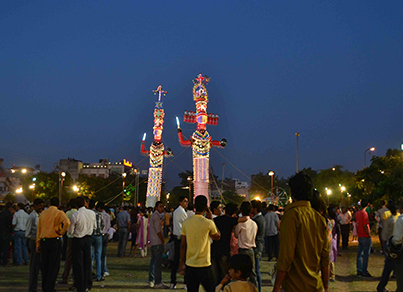
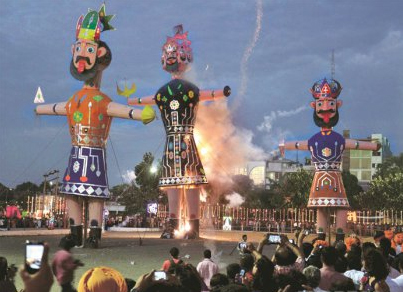




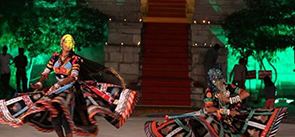

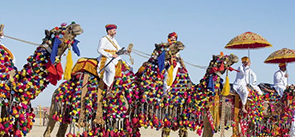


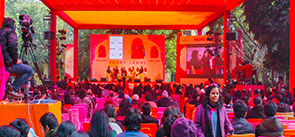


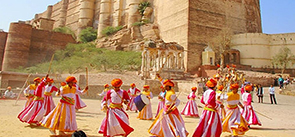
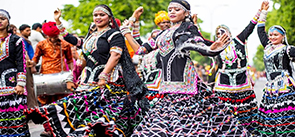
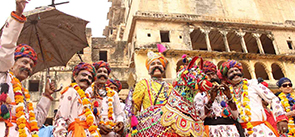

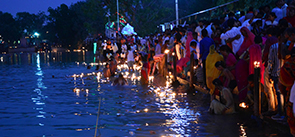
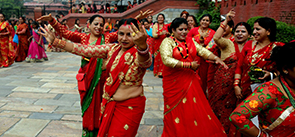

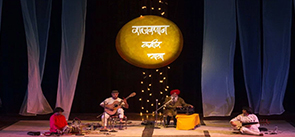

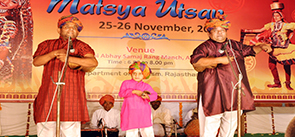



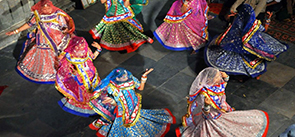

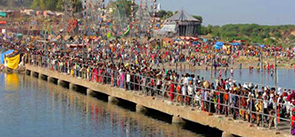
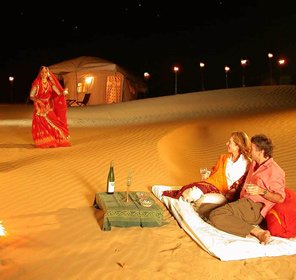


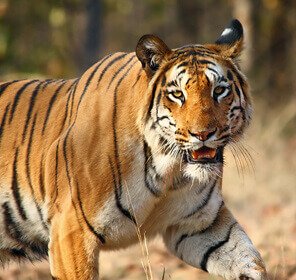
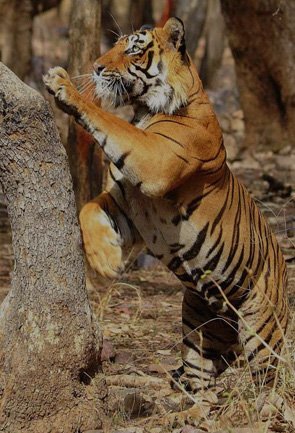



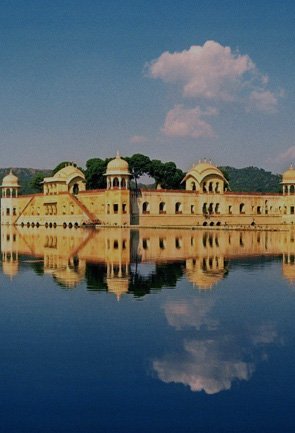
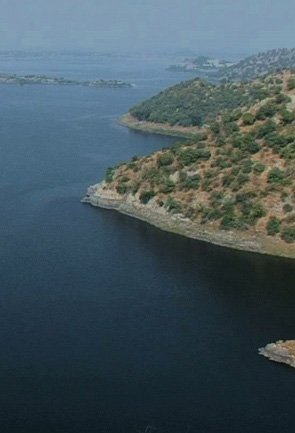
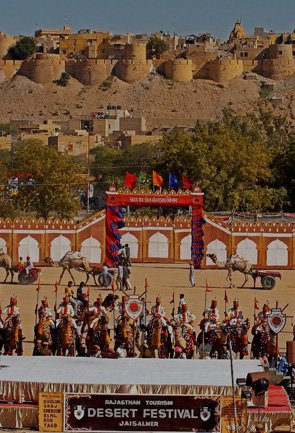

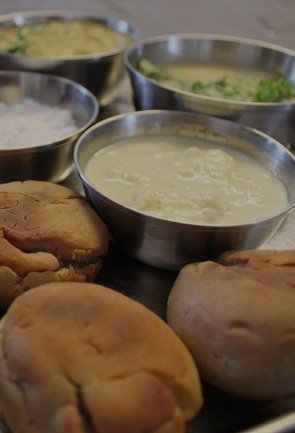
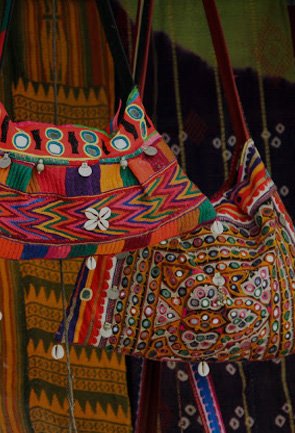
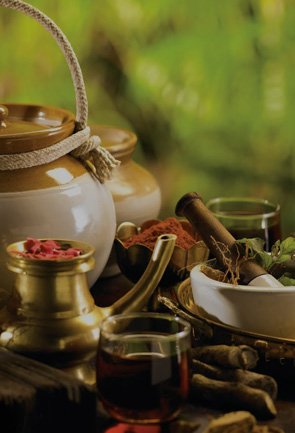

 Plan Trip
Plan Trip Call Us
Call Us Packages
Packages Home
Home